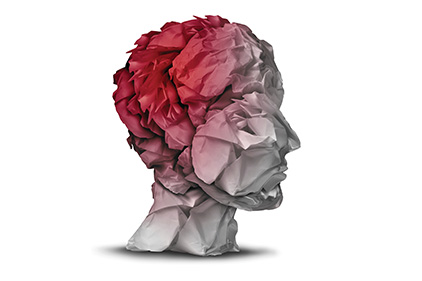Brain-centered safety a hot topic at ASSP Safety 2022

Neuroscience applied to workplace safety has emerged in the past several years as new field in safety.
“Neurosafety” is an emerging field which integrates principles and insight from social neuroscience, safety management and organizational leadership to help organizations create brain-engaging working environments that optimizes performance, productivity and ultimately, safe behavior.
Dekra, an exhibitor at ASSP Safety 2022 this week in Chicago, details seven attributes of “brain-centered” safety:
- Fast brain functioning
- Visual recognition
- Divided attention
- Memory
- Social think
- Fatigue
- Stress & urgency
Neuroscience is a way to help create safe, healthy, and productive workplaces with a basic understanding of how employees’ brains and nervous systems work.
The pandemic environment has thrust employees into the “unknown,” according to 2021 article in OHS Canada magazine. The unknown is a scary place for the amygdala — the part of the brain that acts as a conductor, assigning emotions such as anger and fear to threats in the external environment, and triggering the flight-or-fight response, according to the article.
It signals the autonomic nervous system to release hormones like adrenaline that drives the stress response, such as increased heart and breathing rates, sweating, and dilation of pupils.
From a neuroscience point of view, when employees are satisfied and optimistic, their brain and body produce chemicals of well-being, including dopamine, endorphins, oxytocin, and serotonin.
The effects of these “happy” chemicals include increased immune system response predicting greater presenteeism.
In 2022, safety professionals are peering into the brain to get a new understanding of some of the reasons that workers rush, take shortcuts, are complacent, miss hazardous conditions and sometimes work on “autopilot.” This understanding leads to a variety of preventive measures.
Looking for a reprint of this article?
From high-res PDFs to custom plaques, order your copy today!









